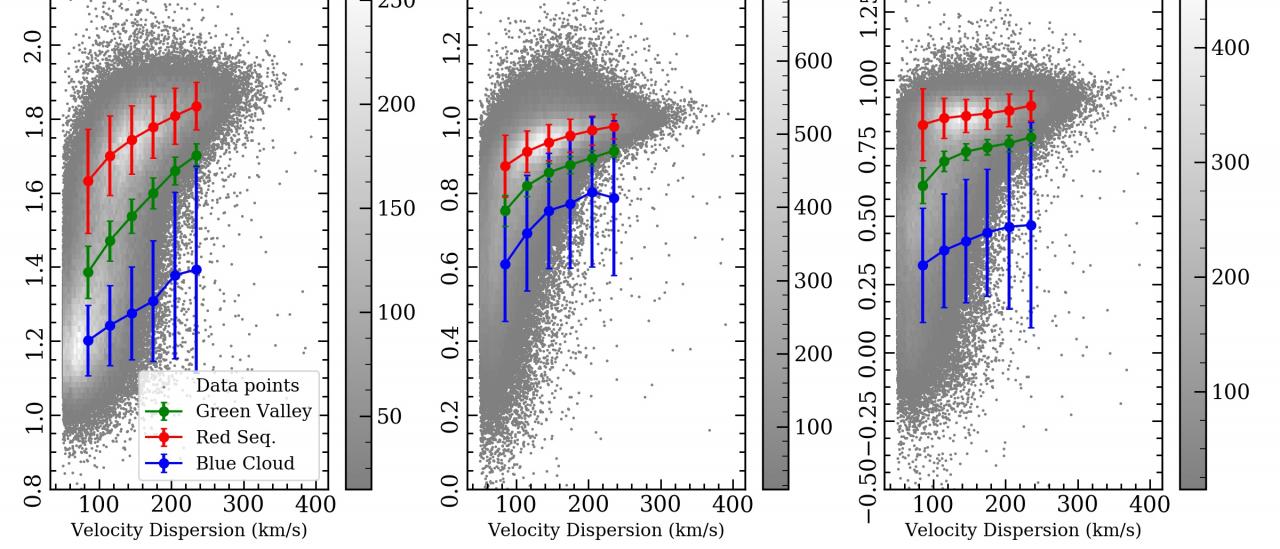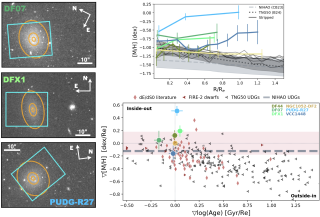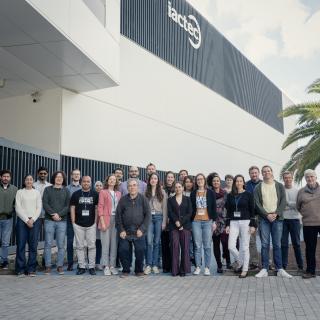Galaxy formation remains one of the major open problems in astrophysics today. There is a wide range of mechanisms that control the transformation of gas into stars in galaxies, compounded by the cosmological evolution of structure, along with complex feedback processes. An observational approach targets general trends in large distributions of galaxies. On a diagram plotting colour versus mass, the distribution of galaxies gets split into a bimodal structure, featuring a region of red, passively-evolving galaxies (termed the red sequence), and a so-called blue cloud, made up of star-forming galaxies. The area between these two, aptly named the green valley, is populated by transitioning galaxies that evolve from star-forming to quiescent systems. This work proposes an alternative definition of this fundamental diagram, by replacing colour with the strength of a spectroscopic feature (the 4000 Angstrom break). The new definition traces more robustly the ages of the underlying stellar populations, and is less affected by other properties of the galaxy, especially dust, that complicate the interpretation of the evolutionary regions. Our new definition can be easily implemented in the present and future spectroscopic galaxy surveys (such as SDSS, DESI, WAVES, WEAVE, Euclid, or WFIRST), and serve as a powerful constraint on the prescriptions involving the so-called sub-grid physics in full hydrodynamical simulations of galaxy formation. A proof of concept is presented here, with spectroscopic data from the (classic) Sloan Digital Sky Survey (SDSS), where we define the green valley and explore variations in stellar age and nebular activity.
The evolutionary phases of galaxies against the dispersion of velocities of the stars. The sample used (gray), the red sequence, green valley and blue cloud are represented. The new definition (left) allows to study the galaxies in the green valley.
Advertised on
Authors
James Angthopo
Ignacio Alfonso
Ferreras Páez
Joseph Silk
References



